When we create a forest management strategy, we think in terms of decades or generations. It’s important that we create plans that maintain the value and integrity of our forests for the long term for a variety of reasons, but two stand out to us the most: Our responsibility to steward the environment for future generations and to effectively use one of Maine and New Hampshire’s key resources. These outcomes are very important to our clients, and long term forest management is how we achieve them.
Why Is Planning So Important?
Serving Maine and New Hampshire, it’s important to keep in mind that forests are a major natural resource our regional economy relies on. New Hampshire and Maine are in first and second place for tree cover with 89% and 83% tree coverage respectively. It’s also vitally important for capturing carbon and tackling climate change. In Maine, it’s estimated that at least 60% of all the carbon produced in the state is captured by its forests.
With the importance of this resource in mind, it should be obvious that planning for the long term is necessary. Not only does proper management retain our resources and bolster its utility, it also benefits landowners in the short to medium term with greater total income from their land. It will also continue to fuel our economy and our two states beautifully with cleaner air into the long term future.

Scale of Planning
Long term forest management planning ranges from 5 to 30 year plans that can take decades or even generations to fulfill. Not everyone needs or is interested in a very long term management plan. It’s all about establishing a plan that fulfills your objectives as a landowner. It might take several decades to gradually shift the tree species in a forest with shelterwood harvesting, for example. However, a selective harvest aimed at generating some income with minimal impact on the ecosystem can be accomplished in days to weeks of carefully planned harvesting.
The more ambitious your goals and intentions, the further out we need to plan your forest management plan. Trees have an average growth cycle of about 60 to 120 years depending on species and landowners desired rotation length, which means that optimal shelterwood harvest strategies will take a longer view than a clear cut harvesting approach. If you just want to harvest timber while maintaining the integrity of wildlife shelter and soil quality, however, a relatively simple or short term plan might be adequate.
Long Term Objectives and Considerations
Beyond the obvious objectives of environmental stability and economic gain, as sustainability focused foresters, we focus on many additional factors. Two of the most important objectives a forest management plan can account for are protecting or enhancing water quality and maintaining soil quality and productivity. These two factors are foundational to the woodlot’s regeneration and the general health of the local flora and fauna. This makes them essential considerations for all long term forest management plans.
Elements of Long Term Forest Management Planning
Forest Management plans are official documents that compile information we’ve gathered about clients’ woodlots. Once we complete thorough woodlot assessments and timber appraisals, our team dives into the goals and objectives our clients have and how these factors play into one another. From there we consider a lot of additional data points such as soil analysis, wildlife habitat, and more encoding everything into a single document. These forestry plans range from a couple of pages to a couple hundred pages depending on the size of your woodlot and the goals you wish to achieve.
We may also consider less concrete and immediate factors depending on the range of your forest management plan, like the long term effects from climate change or the expected changes to lumber needs. This is especially important if your objectives include maintaining or expanding timber harvesting income for your descendants long into the future.
There is a wide range of major strategies that your forest management plan may include. For example, thinning your woodlot to promote faster regeneration and new growth can help the entire forest system, since new growth is often much healthier. We may even identify a species, thicket, or individual trees that suffer from disease and might get other trees sick. Harvesting these trees can substantially improve the overall health of the forest system. This type of approach also helps to maintain soil integrity as new, healthy root systems are better at holding together soil in heavy rains which helps to protect water quality in turn.
Why Tall Pines Forest Management?
If sustainability matters to you, if you want a plan that accounts for a variety of factors going well into the future, Tall Pines Forest Management might be a great fit for you. If you own a woodlot and don’t have a forest management plan yet, contact Tall Pines Forest Management today.


0 Comments